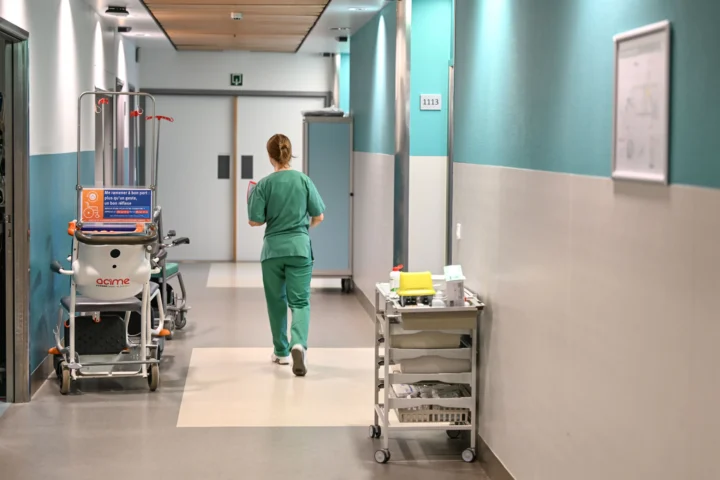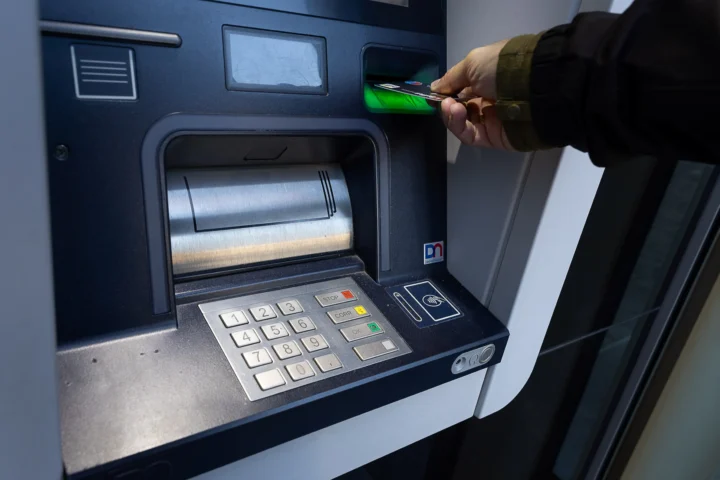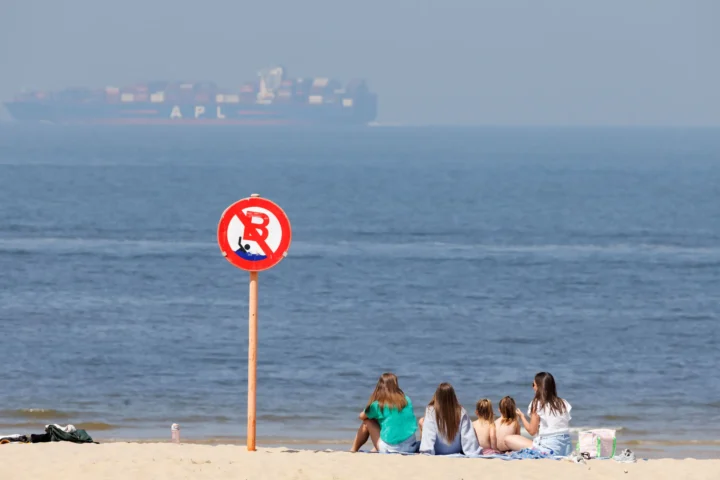Belgium’s government deficit is expected to grow in the coming years, according to new projections from the Planning Bureau. The deficit will increase from 4.5 per cent of GDP in 2024 to 5.4 per cent in 2025. It will then remain relatively stable until 2028 before rising sharply to 6.2 per cent in 2029 and 6.5 per cent in 2030. If this trend continues, government debt could reach around 120 per cent of GDP by 2030.
“The budget targets cannot be achieved with the decisions taken so far,” the Planning Bureau said in its report. The primary drivers behind the rising deficit in 2029 and 2030 are lower revenues resulting from planned personal income tax cuts and higher interest payments on government debt. While primary spending will increase in 2025 mainly because of higher social costs and a political decision to meet NATO’s defence spending target, the Bureau expects overall spending to fall significantly from 2026 onward. Operating costs will decline, and social benefits will stay largely stable as a share of GDP until the end of the current legislative term.
Economic growth slows, then recovers
Globally, the economy is being held back by trade policies in the United States, the report notes. US growth is forecast to drop from 2.8 per cent in 2024 to 1.6 per cent in both 2025 and 2026, partly due to higher import duties. In contrast, growth in the eurozone is expected to improve slightly, from 0.9 per cent in 2024 to 1.4 per cent in 2026, driven by stronger consumption and investment. After that, growth would slow again, averaging around 1.2 per cent between 2027 and 2030.
For Belgium, slower international growth means weaker exports, which are projected to decline for the third consecutive year in 2025. However, domestic demand is expected to remain strong, supported by robust household spending and business investment. Defence spending is also expected to boost government consumption and investment. As a result, the Belgian GDP is forecast to grow by 1.3 per cent in 2025.
In 2026, growth is expected to slow to 1.1 per cent and in 2027, to 0.9 per cent. This drop is linked to a planned cut in public investment and the rollout of ETS2, the second phase of the EU’s emissions trading system. ETS2 is expected to raise the cost of fossil fuels used for heating and transport, which would temporarily dampen consumer spending.
In 2028 and 2029, the planned tax cuts should give the economy a boost. Growth is expected to rise to 1.2 per cent in 2028 and to 1.4 per cent in both 2029 and 2030.
Inflation dip, followed by brief rise
Inflation, which declined during 2023 and 2024, is anticipated to continue its downward trend, reaching 2.1 per cent in 2025 and 1.3 per cent in 2026, thanks to lower energy prices and easing underlying inflation pressures. However, the introduction of ETS2 will likely push inflation temporarily back up to 2.4 per cent in 2027. After that, it should normalise again, averaging around 1.7 per cent.










